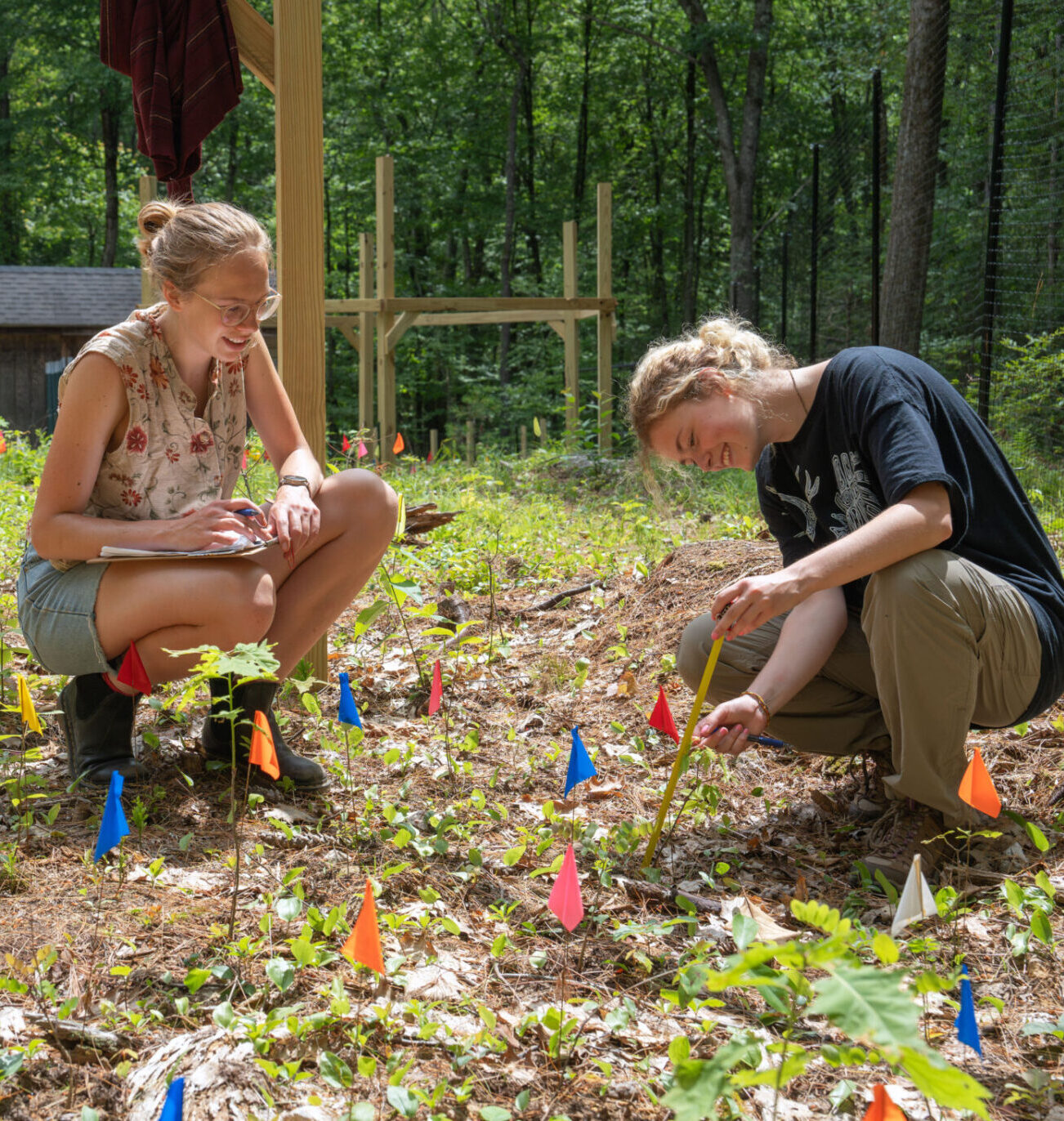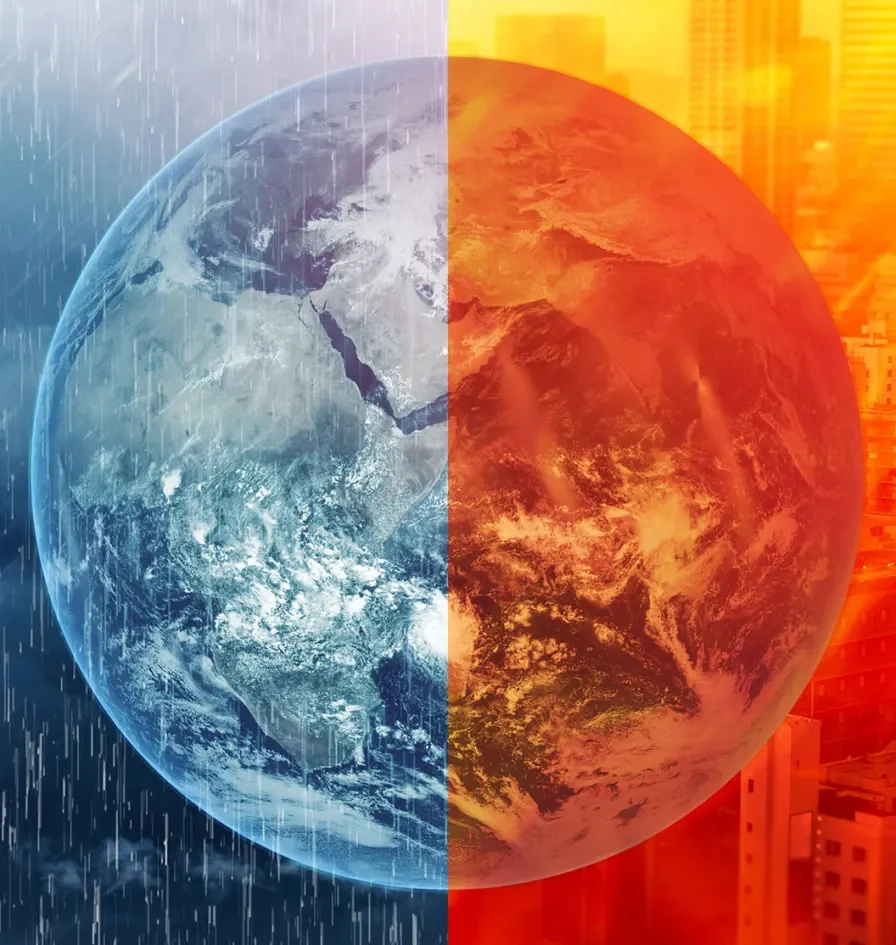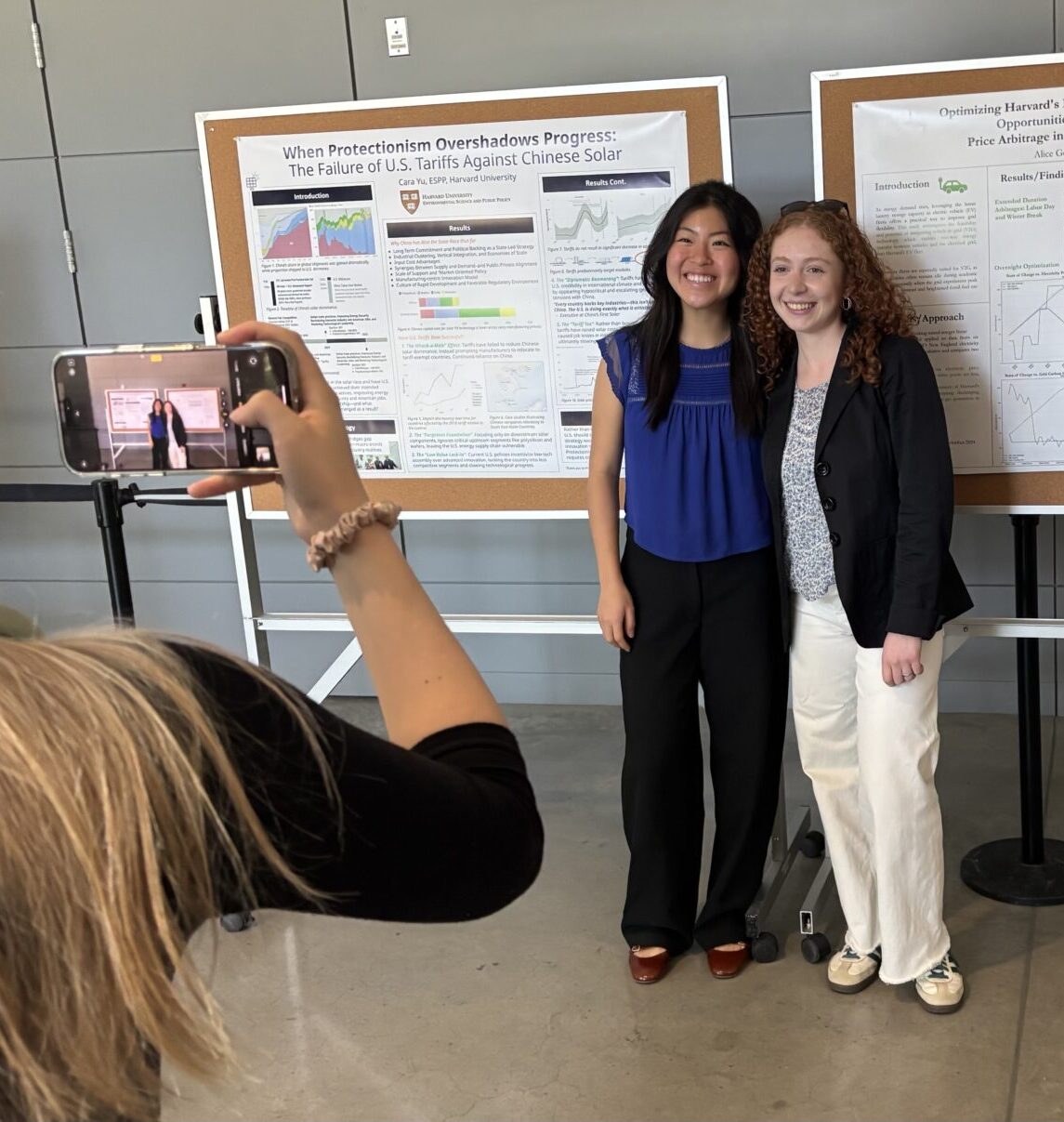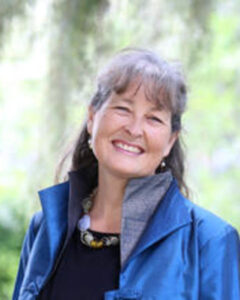How satellites can measure and protect biodiversity
The oak is emblematic of the American forest. Scarlet, white, northern pine: About a third of the trees in temperate forests here are members of the species Quercus. They serve as habitat for hundreds of other kinds of life, such as pollinators that help our crops grow and birds that eat pests.
That’s biodiversity: the interwoven variety of life, in all its forms, on earth. Over billions of years, life has engineered itself to be dependent on other life. From simple bacteria to complex organisms, we all rely for food, water, fuel and habitat on many other living things that evolved before us and with us.
But around the world, biodiversity is at risk – the effects of pollution and loss of habitat and climate change. In the Midwest of the United States, the invasive oak wilt fungus is killing our beautiful Quercus. When detected quickly, we can treat and manage the disease by rooting out infected trees and digging a trench to prevent underground spread between neighboring trees. The trouble is identification; the symptoms look like another climate change-caused malady: drought.
Scientists have sought for generations to measure our impact on biodiversity. Now, technological advances in optics and artificial intelligence are helping us fight oak wilt and detect changes in biodiversity more broadly, using drones, planes, and satellites.
The field is known as spectral biology. Here’s how it works.
Sunlight falls on everything on the surface of earth. And all the surfaces on earth, including forests, trees, and grasses absorb and reflect light back in a unique way.
When sunlight hits a healthy oak leaf, for example, the light is reflected with differing intensities in different wavelengths. The amount of light reflected at each wavelength changes if the leaf is sick. Light is reflected differently off a maple leaf, or a blade of grass. Chlorophyll in each leaf aborbs some of the light and converts carbon dioxide into sugars, enabling tree growth. This tells a story, too. Each species of plant and each function inside a plant harbors a unique anatomical and chemical makeup that influences the way light is absorbed and reflected, creating a spectral fingerprint.
The fingerprint can be measured in reflected wavelengths (some of them invisible to the human eye) with different instruments. By taking measurements of plant functions along with their spectral signatures, we can build machine learning models that predict the kind of stress, efficiency of photosynthesis and diseases that plants are experiencing, based on only their spectral fingerprints. These patterns of reflection can help us determine if a thicket of oak in Minnesota is blighted with oak wilt before visual symptoms appear, so we can stop its spread. They can also be used to predict biomass, informing our understanding of forests as carbon sinks.
In past research, we typically used hand-held spectrometers to collect these measurements, but increasingly we can look from far above.
An instrument mounted on a plane or a satellite cannot see a single leaf or blade of grass, of course. Instead, it views patches of earth – perhaps one meter square for an airplane, 30 or 60 meters square for a satellite – each a unique patch of our living planet that might contain a mix of plants that together offer a unique spectral signature.
Hundreds of thousands of those patches already exist in databases of ground-based observations managed by the U.S. Forest Service, where every tree is catalogued and tagged with precise coordinates. Another source of data for training models is through the National Ecological Observatory Network (NEON), funded by the National Science Foundation, that annually measures biodiversity in sites across the U.S., such as Harvard Forest, and flies hyperspectral sensors mounted on aircraft. Imagery generated from the National Agriculture Imagery Program (NAIP) also reveals signatures of tree disease and mortality that can be used to train models to detect oak wilt.
Branching out
Within the next few years, two new satellite missions – NASA’s Surface Biology and Geology and the European Space Agency’s CHIME – are slated to provide continuous remote coverage around the globe.
For scientists to maximally exploit the vast troves of data these satellites will send back to earth, our models need reference points – such as those Forest Service and NEON observations. Another type of reference can be found in existing plant collections.
The Harvard University Herbarium, which houses more than 5 million specimens of plants, fungi, algae, and lichens dating back to the early 1800s, is leading an international working group of 24 organizations to develop spectral scanning protocols, standards and best practices to ensure that the spectral fingerprints we generate from our specimens are compatible.
These new spectral data also contribute to global models of plant function and diversity that help us understand how our biosphere is changing and how plants have evolved. The many roles that spectral biology can play in mapping forest composition and diversity, measuring carbon storage and invasive disease, and tracking change are critical to monitoring the health and well-being of our vital life-support systems – the complex interplay of organisms we call biodiversity.
We humans, of course, are part of biodiversity. By rapidly changing the climate and global ecosystems, we present the biggest threat to life in millions of years. We’re also the only species with the wherewithal to make a U-turn. The first step is understanding, preserving, and restoring biodiversity – to ensure a stable, habitable planet for all.
Bibliography
All perspectives expressed in the Harvard Climate Blog are those of the authors and not of Harvard University or the Salata Institute for Climate and Sustainability. Any errors are the authors’ own. The Harvard Climate Blog is edited by an interdisciplinary team of Harvard faculty.












